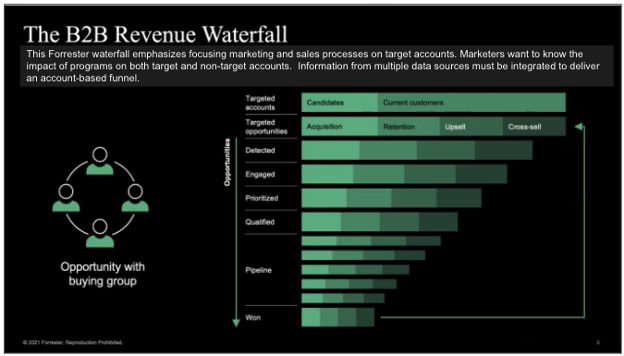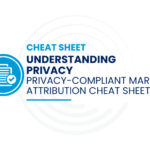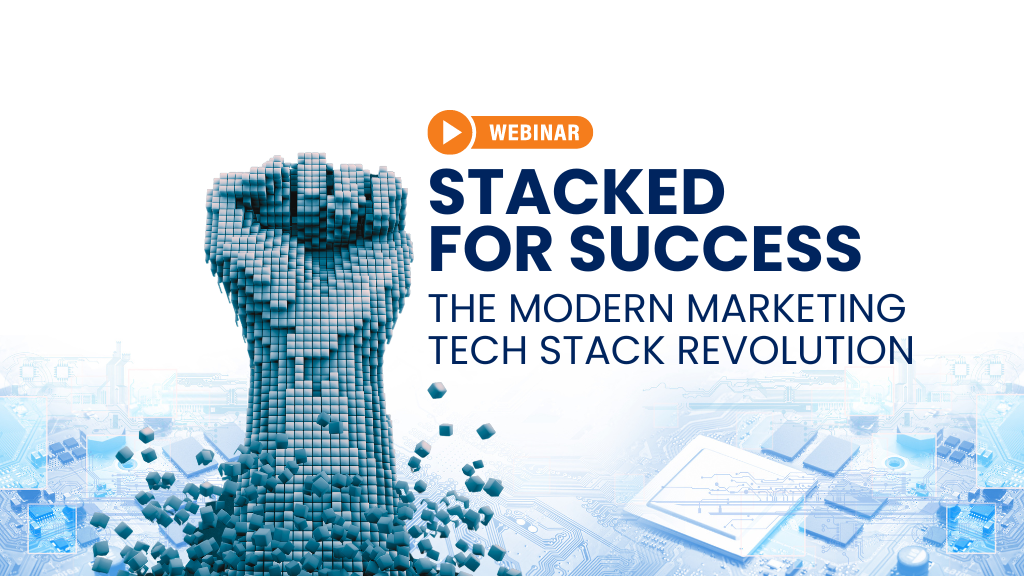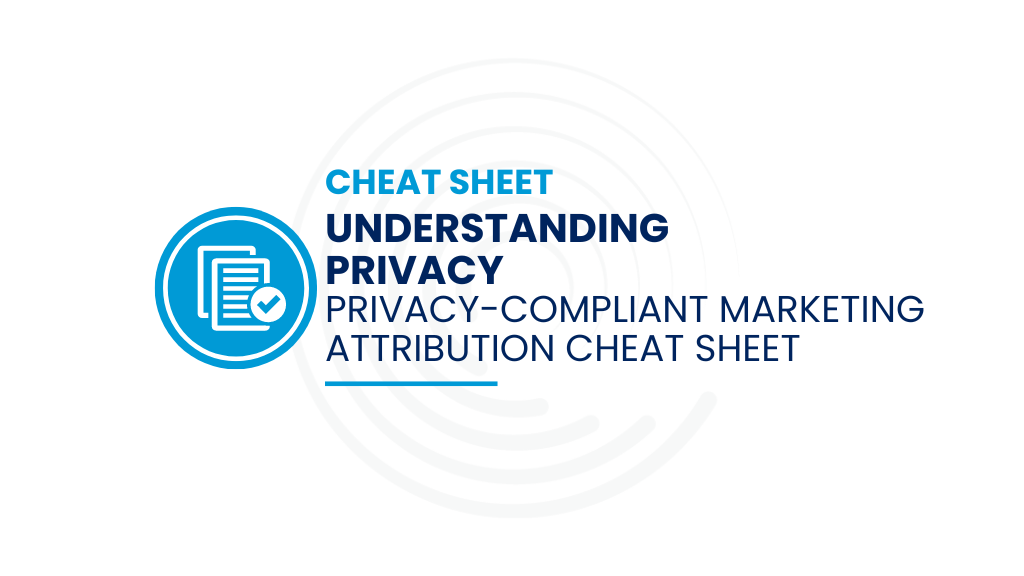In the mid-2000s, marketers began using the original demand waterfall framework to gain insight on marketing’s performance in terms of leads at the top of the funnel, marketing-qualified leads (MQLs), sales-accepted leads (SALs) and closed/won business. But the original waterfall tracks campaigns and activities associated with a person, and B2B marketers are selling to buying groups, not individuals.
Depending on the product price tag, most buying groups in a B2B scenario comprise at least three and often as many as 23 people, which is driving the popularity the account-based marketing (ABM) strategy. Forrester developed a new B2B Revenue Waterfall based on ABM, and it illustrates why generating MQLs is no longer Job #1 for marketers — target account activation is.

As Forrester’s Terry Flaherty recently explained as a guest speaker in a Full Circle Insights webinar, the revised waterfall is built for ABM, focusing on target accounts rather than individuals. Target accounts can be new accounts the marketing team wants to engage, or existing customers marketing hopes to retain or engage to upsell or cross-sell. Opportunities are measured in stages:
- Detected: Marketers use intent data from companies like Bombora, 6sense or Demandbase to identify early-stage interest from accounts that matches the marketers’ intent topics.
- Engaged: Accounts move to the engaged stage when someone from the target account buying group interacts with the seller’s website, perhaps identifying themselves via a download form.
- Prioritized: At this stage, another person from the target account’s buying group interacts with the seller, accessing a resource that indicates interest, like a download, webinar, etc. This is roughly equivalent to the MQL stage in the original waterfall framework.
- Qualified: Marketing passes the baton to sales at this stage, and the sales team works to convert the lead to the pipeline stage.
- Pipeline: This is the last stage before closed/won business, where the sales team either makes a sale or redirects efforts to other prospective accounts.
As Forrester’s B2B Revenue Waterfall image shows, account activation takes place in the first three of the five stages after account opportunities are identified. Activation is B2B marketing’s top job now, and Forrester’s ABM-centered waterfall provides a framework for tracking progress in an account’s context. It also fosters closer alignment with sales because the sales team has always targeted accounts, and now the overwhelming majority of B2B marketers are also using an ABM approach.
In practice, tracking accounts through the new waterfall framework could look like this: a company identifies 1,000 businesses that meet its ideal customer profile and sets an objective of closing 100 deals. Marketing can upload relevant professional titles for people in the buying groups at those companies into the CRM, so they know who the buying group is ahead of time.
For target accounts that are current customers, marketing can create campaigns to upsell and cross-sell to those accounts, and for accounts that are not current customers, marketing can launch campaigns to acquire those accounts, using the B2B Revenue Waterfall as a framework to track activities through each stage and working with sales to make sure the effort is on track toward goals. In this scenario, marketing can reverse-engineer the waterfall, using the sales close rate to determine how many accounts the marketing team needs to activate so the sales team can reach its revenue objectives.
With all the data inside the CRM and performance measurement tools that generate insights into account activation and subsequent progress through the funnel, sales and marketing are finally on the same page, and they’re speaking the same language, focused on accounts instead of individuals. This alignment can create even greater process efficiency because everyone understands their role, with marketing focused on their most important priority: activating accounts to drive revenue.
Save this eBook for later. A Practitioner’s Guide to ABM
Explore the benefits of ABM, learn how to measure and engage key accounts, and identify top intent providers to enhance your ABM strategy







